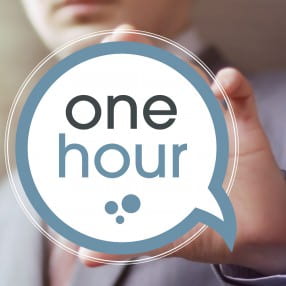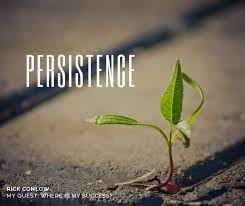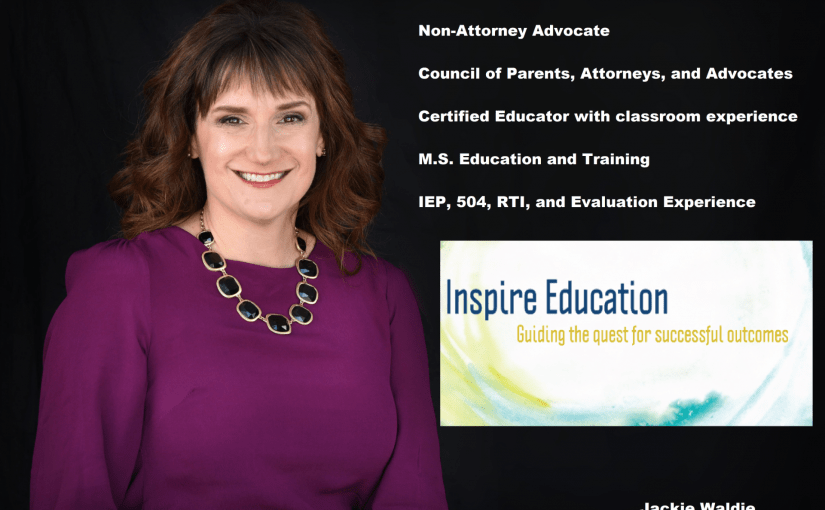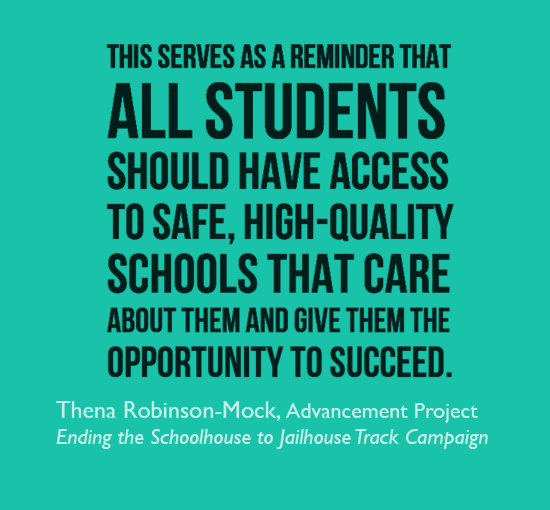In light of recent events, I wanted to take a minute to cover the important role of the Department of Education in direct relation to my experience as a parent, teacher, and professional educational advocate. As I was once told, I have a unique background with unique experiences which in turn puts me in a unique position to comment on such decisions like defunding and dismantling the Department of Education.
There is a lengthy history to the development of the Department of Education. This department has existed by other names and in other forms since 1867. Its original intent was to collect data about schools and their effectiveness. However, within a year there was concern that the department would wield too much power, and limits were placed upon it. (Which is similar to the argument we are in today.) It took on various titles and had different leadership over the years, but it did lead us to the current organization. It wasn’t until 1979 that it was actually formed as we know it today.
The Department of Education oversees a number of programs, grants, initiatives, and projects. I will review and list the ones I am most familiar with and utilize on a daily basis. Some of the offices they oversee are the Office of Special Education Programs, the Office of Civil Rights, and the Office of Special Education and Rehabilitative Services, all of which issue guidance and policy as well as established procedural safeguards for parents. These offices are valuable to my efforts to maintain the concept that ALL children have a right a free and appropriate public education. (I realize there are those that disagree with me on this basic concept and statement, but that is a different post.)
The Department of Ed. also oversees the implementation of the Rehabilitation Act of 1973, which for me, was a turning point in public policy in education. This reflects the fight to maintain basic rights for people with disabilities. (If you want to dive into this further, I highly suggest the documentary “Crip Camp”.) The other key pieces of legislation overseen by the department are the Individuals with Disabilities Education Act, and the Americans with Disabilities Act. There is alarm, concern, and panic all over social media that if the department is dismantled all of these protections will go away. That is oversimplifying the situation. All of these will remain in effect regardless of an executive order. An executive order cannot override federal laws and statutes. It would require an act of congress to dismantle the Department of Education and subsequent federal laws and statutes. It cannot violate the constitution or a federal statute.
However, prioritizing funding or funding them at all is well within the control of the current administration. Closing offices and firing employees is also well within the control of the current administration. There is also a pending lawsuit that could potentially dismantle section 504 of the Rehabilitation Act of 1973. This is not covered by the ADA. It is a precursor and its own law. (Again, watch “Crip Camp”.) I also realize some of these will be shifted to different offices like Health and Human Services, which I have serious reservations about. This shift has only been proposed-not accepted. Currently no fail safes are in place.
Now, if these offices are defunded or the staff were cut to the point where it would be difficult for them to function, the consequences for our children would be dire. That is not an exaggeration. I do not think the public is aware of what parents of children who have disabilities face every day in public education. Those calling for the dismantling of the department of education do not understand the hard-fought battles to move past the “short bus” and separate schooling. They do not understand we lived in a country that did not think wheelchair ramps were necessary or that Dyslexia didn’t mean “dumb”, or that cognitive impairments did not mean “retarded”. This has been addressed over the years through the courts, legislation, protest, and advocacy.
Without these laws or these guiding organizations, a district is not legally required to intervene, provide educational access, or even establish a child is receiving a meaningful educational benefit. Many states have codified law in place that is the exact wording in IDEA, which offers some solace. Yet, I believe that past history predicts future behavior. This is why understanding the road to disability rights is important. Our past history, as a nation, tells me if a district is not required to do it, they won’t. Our present status continues to tell me if a district is not compelled to do something either by an advocate, an attorney, or a court of law, they won’t. Our future is still being established and right now it is putting a great deal of trust in states and districts who have mismanaged public education for decades. Did you know we even had to establish through court rulings that providing the bare minimum educational benefit for our students is unlawful? It is Endrew F. v. Douglas County School District from 2017. Look it up. I use this case in my practice every single day because often, the bare minimum is the only offer made to a family who doesn’t know their rights. Those rights are establish through legislation that is implemented by the Department of Education.
On top of this, the districts do not have the funding or the staff to provide services either, which seems to be the basis of many arguments I have heard. Give the funding back to the states! Again, I differ to the question of what are they doing with the funding they already have? Do you think that is going to the students or teachers? It is not. Do you think they are already following the codified state law in place? Many are not. Do you think they are funding those state laws even when given the opportunity due to surplus? They are not.
It’s not that I do not understand the concept of bringing it back to the states. I understand the concept of local control and in some cases wholeheartedly support it. Unfortunately, in my experience, the powers at those levels often see things differently. I am trained to try and collaborate. I am trained to avoid legal escalation, yet it is often the districts holding the hard line giving my families no other choice. Support from the federal level is necessary to make any real change for a child. Let me give you some examples that actually happened in SD public schools in the year of 2024 despite local codified law and where my services as an advocate were enlisted. I listed which offices supported my efforts. (Disclaimer: These are stories from across the state. I cannot ethically or legally disclose a specific district or districts.)
1. Transportation for wheelchair bound student denied. Transportation for children on the spectrum to get to specialized therapy denied. Used Office of Special Education Programs guidance on transportation and IDEA.
2. Multiple districts where children cannot functionally read denied documenting, saying, or even using the word Dyslexia let alone provide appropriate interventions and specialized instruction. Used Dear Colleague Letter issued by The Office of Special Education and Rehabilitative Services and Section 504 to get them to just say the word.
3. A child repeatedly secluded and restrained by multiple adults due to inappropriate interventions for a child on the spectrum. Used guidance, statutes, fact sheets from the Office of Civil Rights, IDEA, Sec. 504, The Office of Special Education and Rehabilitative Services, and the Office of Special Education Programs to obtain appropriate services.
4. AAC device denied for a child who was on the spectrum and non-verbal. AAC also denied for a child with cerebral palsy and non-verbal. Used IDEA, Sec. 504, and guidance from the Department of Education to get the children a communication device and training for staff.
5. CPS called on a parent of a child on the spectrum struggling with attendance. Used IDEA and Sec. 504 to fight child neglect charges and retaliation.
6. Multiple parents disagreed with evaluation results and asked for a second opinion. Every single district filed due process against these parents to deny their request for a second opinion. Used IDEA, The Office of Special Education and Rehabilitative Services, and the Office of Special Education Programs to support the families in their request for a second opinion.
7. Multiple children with diabetes who were denied nursing services and access to insulin shots and glucose monitoring. Used Sec. 504 and the ADA.
This is just a handful of cases. To those of you who say this is proof the department is ineffective. I completely disagree. It is proof we have some serious flaws in how local decisions are made and how local laws are followed. I filed numerous state complaints and won. I thought this would be the game changer for the child. No, the districts just got better at their excuses.
Now imagine the results if these offices did not exist to issue guidance and set precedent. Where would all that money go that they saved? Would it directly impact students? I have significant doubts that suddenly buses would be provided, or effective Dyslexia instruction and intervention would happen daily. I have serious doubts that seclusion and restraint would no longer be used. (I actually think more funding would be sent to this area and we would see an increase in this practice thus strengthening the school to prison pipeline.) I think parents would be forced to pay for their children’s own communication devices and I think children on the spectrum would be completely segregated from their non-disabled peers. I think schools would go without nurses. Why do I think this? Because districts already try it every single day. I think disability rights would be set back 40 years, and I think parents would lose all their “parental” rights that are currently protected by the Department of Education.
The Department of Education absolutely has flaws and likely has some wasted spending. It is a bureaucracy. However, dismantling the whole department is a mistake. I do believe the department needs to have some checks and balances put in place. I do believe in educational reform. I do believe education is not keeping up with the research and strategies being tested in the private sector. (There is some great innovation happening.) But just because I am proud of the private sector taking initiative does not mean I agree that the entire department should be defunded and dismantled. I am simply not willing to take this risk. I am not willing to throw away everything parents and people with disabilities have fought for since the 1970’s. It means all of that history and all of those examples I just explained, were in vain. It means there is no purpose to any of it. What is our government’s responsibility to educate the populace? I have not seen an answer to that question other than “leave it up to the states”. Let me rephrase, “What then is our states responsibility to educating it’s populace?” Some may think the government has no role in educating its populace. This is a philosophical debate. I value free and appropriate public education. I am thankful we have had the Department of Education to help maintain this value as a cornerstone of our country. Tomorrow, that may not be the case.





